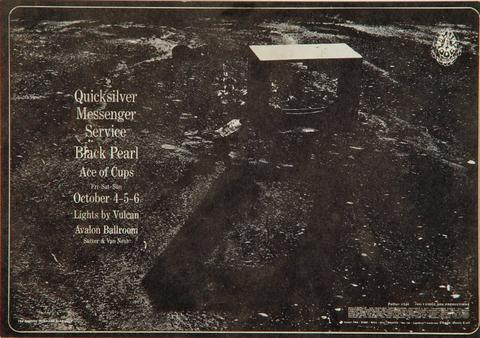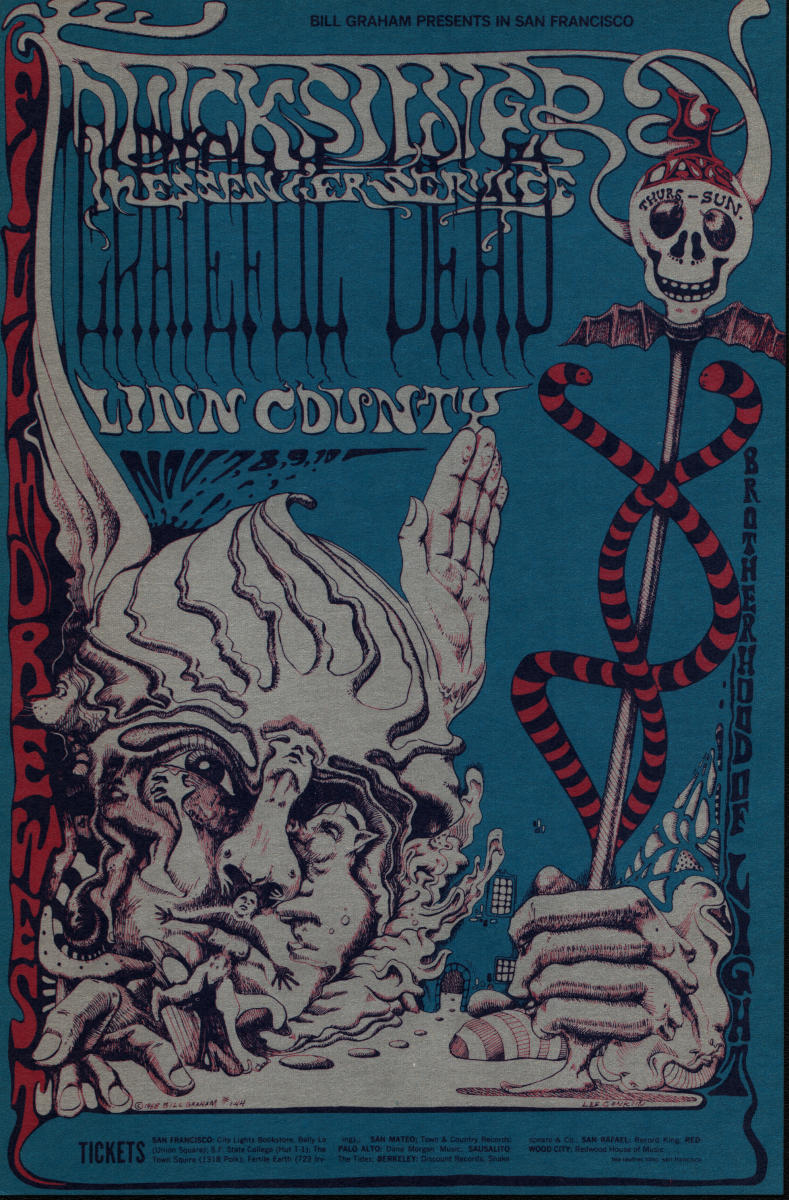
The Psychedelic 60’s: Literary Tradition and Social Chang eĪn online exhibition from the University of Virginia’s Special Collections Library. “The Process” contains an interactive exploration of how a poster is printed using offset lithography. The Smithsonian American Art Museum’s online exhibition of American posters from the 1930s to the 1990s, which explores the strategies of commerce, propaganda, and patriotism. PBS Summer of LoveĪ website with resources related to the 2007 PBS documentary, Summer of Love, including video clips and a teachers guide. The artist’s website has biographic information as well as images of his work. Wes Wilson: Official Website of an American Artist There is also information about the San Francisco Sound playlist available through iTunes.

You can access images of other posters as well as information about the artists and culture of the psychedelic scene. The Denver Art Museum’s website accompanying the exhibition, "The Psychedelic Experience: Rock Posters from the San Francisco Bay Area, 1965–71," on view from March 21-July 19, 2009. Audio Tracks from Bands Listed on the Poster Websites The Psychedelic Experience
#Quicksilver messenger service poster full#
His designs set the style, capturing the full sensory experience of the dancehall environment and the visual distortions brought on by psychedelic drugs.įootage of Quicksilver Messenger Service, a band listed on the poster, performing the song "All I Ever Wanted to Do" at the Monterey Pop Festival in 1967. And some of them were pretty weird, pretty strange," said Wilson. "I imagine the posters were like some kind of imprint like a section of my mind at that time. Wilson was a part of the counter-culture that he was trying to reach out to, and was inspired by his personal experiences. But I soon learned that a stolen poster carried home and pasted on a refrigerator reached the audience I wanted," said Helms. "It was very disconcerting to poster a whole street and then walk back a few minutes later and discover that 90 percent had been removed.

Posters were plastered on telephone poles and in store windows, and were often stolen by people who took them home to hang on their walls or refrigerators. The movement, colors, and images all reflect the kinds of things that would appeal to a concertgoer's many senses. Designs for concert posters were a visual reflection of the experiences one might have at a dance concert. The term "psychedelic" comes from the Greek psyche (mind) and deloun (make visible or reveal), and refers to the mind-altering effects of LSD, a hallucinogenic drug that was frequently used at these events. Psychedelic posters were originally created as advertisements for dance concerts that took place in San Francisco from 1965 to 1971. Today he creates artworks from his farm in the Missouri Ozarks.

Wilson continued to produce posters for other venues, including the Avalon Ballroom. Although Graham was building an increasingly profitable poster-selling enterprise, Wilson was paid only $100 per poster, without royalties. He liked that I could do posters without him having to tell me anything." Despite the freedom that came with working for Graham, Wilson began to feel exploited and stopped producing posters for the Fillmore in 1967. "Chet almost always had the theme already picked out, but with Bill, you could do your own thing, mainly because he was too busy to deal with you. While Chet Helms loved to contribute to the poster-making process, Graham allowed Wilson the artistic freedom he desired. In 1966, when the pressure of designing multiple posters each week became overwhelming, he began working solely for Bill Graham. Wilson initially produced as many as six posters a month for the Fillmore and the Avalon. One of the first projects to bring Wilson recognition was a handbill for the legendary Trips Festival, a three-day event that took place in San Francisco and set the stage for later dance concerts. During the 1960s, he became the first artist to consistently create posters for the two main concert promoters on the San Francisco music scene-Bill Graham, who produced concerts at the Fillmore Auditorium and Chet Helms, who ran the Avalon Ballroom. He got his start while working for a print shop in San Francisco, where he designed posters and handbills for early dance concerts. Wes Wilson was born in Sacramento, California in 1937.


 0 kommentar(er)
0 kommentar(er)
